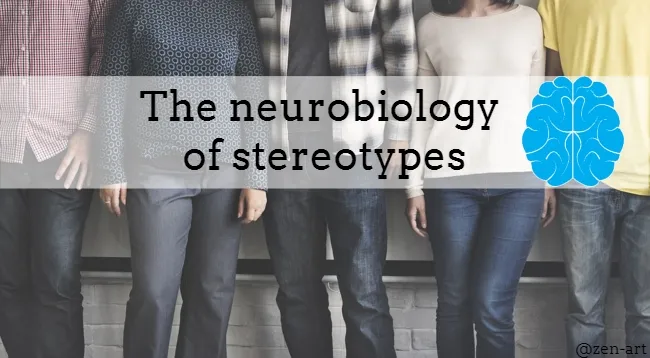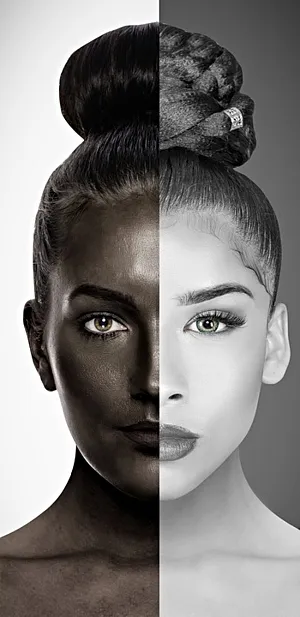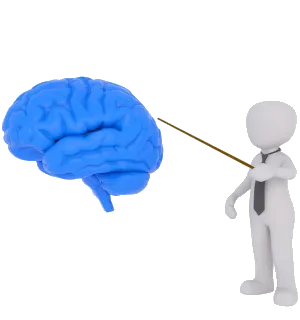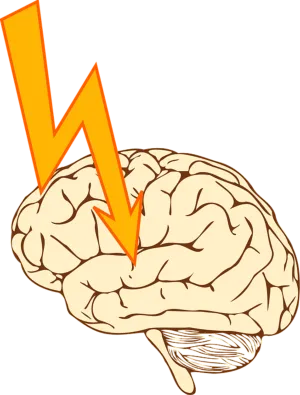We are living in the 21st century and one would think that some of the problems from the past, we left where they belong, in the past. Nope. According to many reports, aggressive nationalistic parties are having more and more power all over the world and in almost every country. For some reason, Nazi views about clean this country and clean that country are still present and growing in support. I was just watching the news recently and got surprised by the fact that humans still function with "Us vs. Them" line in the mind.

CC0 licence, Pixabay, author: rawpixel , adapted by me
With the worldwide communications, we have increased diversity at every level and are almost constantly surrounded by various types of people. This should help us be more open toward that diversity, right? I thought so too but when you think about it, even in advanced societies, academia, and science, prejudice appears to be still present consciously and unconsciously. Some forms of it are pathological and others developed through unconscious social learning, but they are there. Before we go into this further and see what neuroscience studies say about it, we first need to make a clear distinction between prejudice and stereotyping.
Prejudice
Prejudices are attitudes and feelings about other types of people regarding their ethnic, social, racial and religious background. Those feelings are usually toward people we don’t understand or have not met before.
Stereotyping
Stereotyps are generalizations of characteristics of other groups, such as level of intelligence, capabilities, and apperance. We basically asign traits with no evidence to back it up.


We can say that stereotypes are category-based beliefs we have about other people, while prejudice is a set of affective reactions or attitudes. Discrimination is when those beliefs and reactions result in negative behavior. All those three things together (and individually) lead to conflict and, unfortunately, violence.
People are prone to placing things into categories
To understand the anti-Semitism in the context of Nazi Germany, psychologists considered stereotypical thinking as pathological and linked it to authoritarian personalities but Gordon Allport took it further in his book from 1954 The Nature of Prejudice. He explained that humans are prone to placing things and people into categories using various traits.
Is prejudice a logical result
of the categorical thinking?
According to the social cognition field, stereotypes are considered generalizations and they are a normal part of human cognition. With using a statistical approach, if we see 5 people acting in one way, the 6th that will have some of the same traits as them will be considered the same in all the traits. If we have strong negative feelings about a certain group, it can result in discrimination of every individual belonging to that group.


Psychologist Wim De Neys of Leuven University, Belgium explored the brain in action with his research about stereotypical thinking. He was curious to see if it is a detection problem or a self-control problem so he observed both those brain regions.
A psychology problem made people summon up
the stereotypes residing in their neurons.
The participants were told the following story:
"There is a room with 1000 people in it, 995 are lawyers and the other five are engineers. You get to meet just one of these people who is picked randomly from the group and whose name is Jack. You learn that Jack is 45-years-old and has four children. He has little interest in politics or social issues and is generally conservative. He likes sailing and mathematical puzzles. Is Jack a lawyer, or an engineer?"
If you were to use only the logical part of your brain, you would conclude that the probability of Jack being a lawyer is 99.5% and the probability of him being an engineer is 0.5% but most people base their answer on the opinion about what kind of people lawyers and engineer are. Of course, there is no right or wrong answer here because Jack could be either one of those things.
Findings were amazing!
After watching their brains, Neys found that the brain’s stereotype detector lit up regardless of whether the subject answered stereotypically or rationally. The conclusion is that we ALL detect the stereotype and recognize it but our inhibition center lights up when we reason out our thinking and make a conclusion based on probability.


Dr. David Amodio, a neuroscientist based at New York University, argues that the knowledge neuroscientists have suggests that there might be two separate systems that give rise to stereotypes and evaluation which is in contrast to previous research. It was previously assumed that the underlying cognitive processes were the same.
One study from 2007 found that white participants exhibit more amygdala activity when looking at faces with darker skin tone than lighter skin tone. Functional magnetic resonance imaging (fMRI) showed that amygdala activity increased with stimuli associated with out-group members. The results of another study, that also used a fMRI machine, showed that the process of stereotyping involves storing information into memory because parts of the brain that were activated in participants who were asked various questions after looking at images of people, were those that are also involved in memory functions.
Inter-group attitudes develop in childhood
Since we are well aware that our behavior is mostly learned and encouraged through prize/punishment method during our childhood and that we are very subjective while we are young, the focus should be on ensuring that classrooms are not transmitting any divisive stereotypes because those could cause significant damage later in life. Diversity should be more present in educational materials.


Our reactions to members of other social groups are sometimes beyond our conscious control. Since groups of humans competed against each other for precious resources like food and water in the past, our brains developed an inherent tendency to stereotype. By being aware of it and practicing rational thinking we can overcome the impulse to judge those that are different from us.
A non-invasive brain stimulation sheds light
on the neurobiology underlying implicit bias
In a review published in the journal Trends in Cognitive Science, Alvaro Pascual-Leone, MD, PhD, and colleagues describe how non-invasive brain stimulation may be used to evaluate potential behavioral interventions intended to reduce stereotyping and discriminatory practices.
An electric current is applied to the outside of the skull and it influences brain cell activity. Neuroscientists apply that current to research participants while they perform mental tasks to determine whether a certain brain region is involved in that task or not.
"Unlike traditional brain imaging techniques, non-invasive brain stimulation can directly impact brain activity and provide powerful evidence that specific brain regions are linked to specific social behaviors -- in this case, we applied it to attitudes and stereotypes towards groups that vary in social characteristics, such as race and ethnicity."
Pascual-Leone, Chief for the Division of Cognitive Neurology and the Director of the Berenson-Allen Center for Noninvasive Brain Stimulation at BIDMC
In their review, Pascual-Leone and colleagues consider publications by investigators who administered the well-validated implicit bias test. This test is about participants quickly sorting words related to social characteristics and those that convey a value judgment, all by undergoing non-invasive brain stimulation. One of the studies demonstrated that stimulation to the brain's anterior temporal lobe reduced participants' stereotypical association between "Arab" and "terrorist" and another reduced the implicit cognitive associations between "male" and "science" and "female" and "humanities."
"Social beliefs reflect associations that strongly ingrained in our brains, and changing them will likely entail the reconfiguration of their underlying biological processes"
Maddalena Marini, the paper's lead author
You can read the entire review published on September 01, 2018 here:
Studying Implicit Social Cognition with Noninvasive Brain Stimulation by Maddalena Marini, Mahzarin R. Banaji, Alvaro Pascual-Leone


There is an urgent need in our society to better understand our intergroup social behavior. No one is born a rasist, no one is born a Nazi, and no one is born with any stereotype or prejudice what so over. We are shaped and moldeded by our sourdundings that spark or defuse what is heredity and in our genes since long time ancestors from caves. Only by continuous practise of critical and rational thinking can we be better in the emotional parts of our lives. Whenever you have a "bad" feeling about someone, stop and think. Ask yourself why that emotion or a stereotype thought is there and try to use logic. Stereotypes are cruel and hurtful and they harm both sides.
To read more about this topic, visit these references:
Until next time,
KEEP YOUR SMILE ON,
and spread some love.


Image sources AND LICENCES in order of appearance:
- all images used in this post are free for commercial use, they are royalty free with the links to original images provided under them
- line divider that I use is from FREE CLIPART LIBRARY, and is here
- title pictures are made by me using the CC0 images from pixabay that can be found here
- my bitmoji avatar was created on https://www.bitmoji.com/, visit the site to create yourown
PROUD MEMBER OF:



@steemitbloggers





















